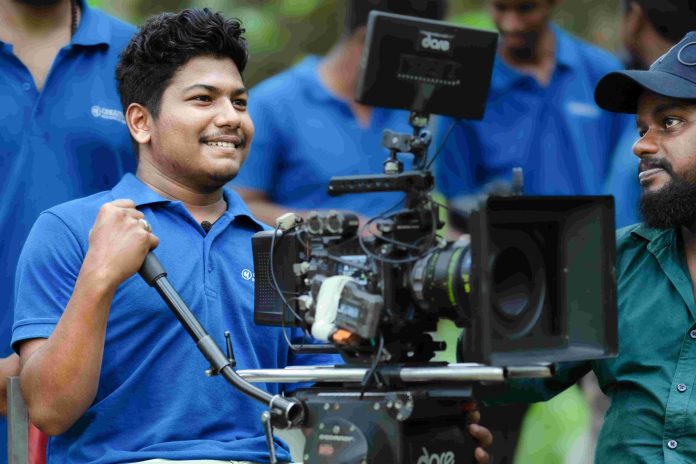The jackal may be small, but its hunger knows no bounds “The black-backed jackal, also called the silver-backed jackal, is a medium-sized canine native to eastern and southern Africa. It is similar to the closely related side-striped jackal and more distantly related to the golden jackal, though its skull and dentition are more robust and the incisors much sharper. Today, there are three recognized species of jackals: the black-backed jackal, the side-striped jackal, and the golden jackal. These species have evolved various adaptations that allow them to survive in different habitats and ecological niches, such as their distinctive vocalizations and hunting strategies. The black-backed jackal is a monogamous and territorial animal, whose social organization greatly resembles that of the golden jackal. However, the assistance of elder offspring in helping raise the pups of their parents has a greater bearing on pup survival rates than in the latter species.

The evolution of jackals can be traced back to about 9-10 million years ago, during the late Miocene epoch, when the first members of the genus Canis appeared in North America. These early canids then dispersed to other parts of the world, including Europe and Asia, and eventually reached Africa. The ancestor of the modern jackal species is believed to be the extinct species Canis lepophagus, which lived in North America around 5 million years ago. From there, the genus Canis diversified into various species, including the African golden wolf, the Ethiopian wolf, and the black-backed jackal, which is found throughout much of sub-Saharan Africa.

Black-backed jackals feature prominently in the folklore of the Khoikhoi, where it is often paired with the lion, whom it frequently outsmarts or betrays with its superior intelligence. According to an ancient Ethiopian folktale, jackals and man first became enemies shortly before the Great Flood, when Noah initially refused to allow jackals into the ark, thinking they were unworthy of being saved until being commanded by God to do so
All the photos and text in this post are copyright of Keaton Lamos ,Vadodara, Gujarat, Creative Hut Institute of Photography.Their reproduction, full or part, is forbidden without the explicit approval of the rightful owners.


